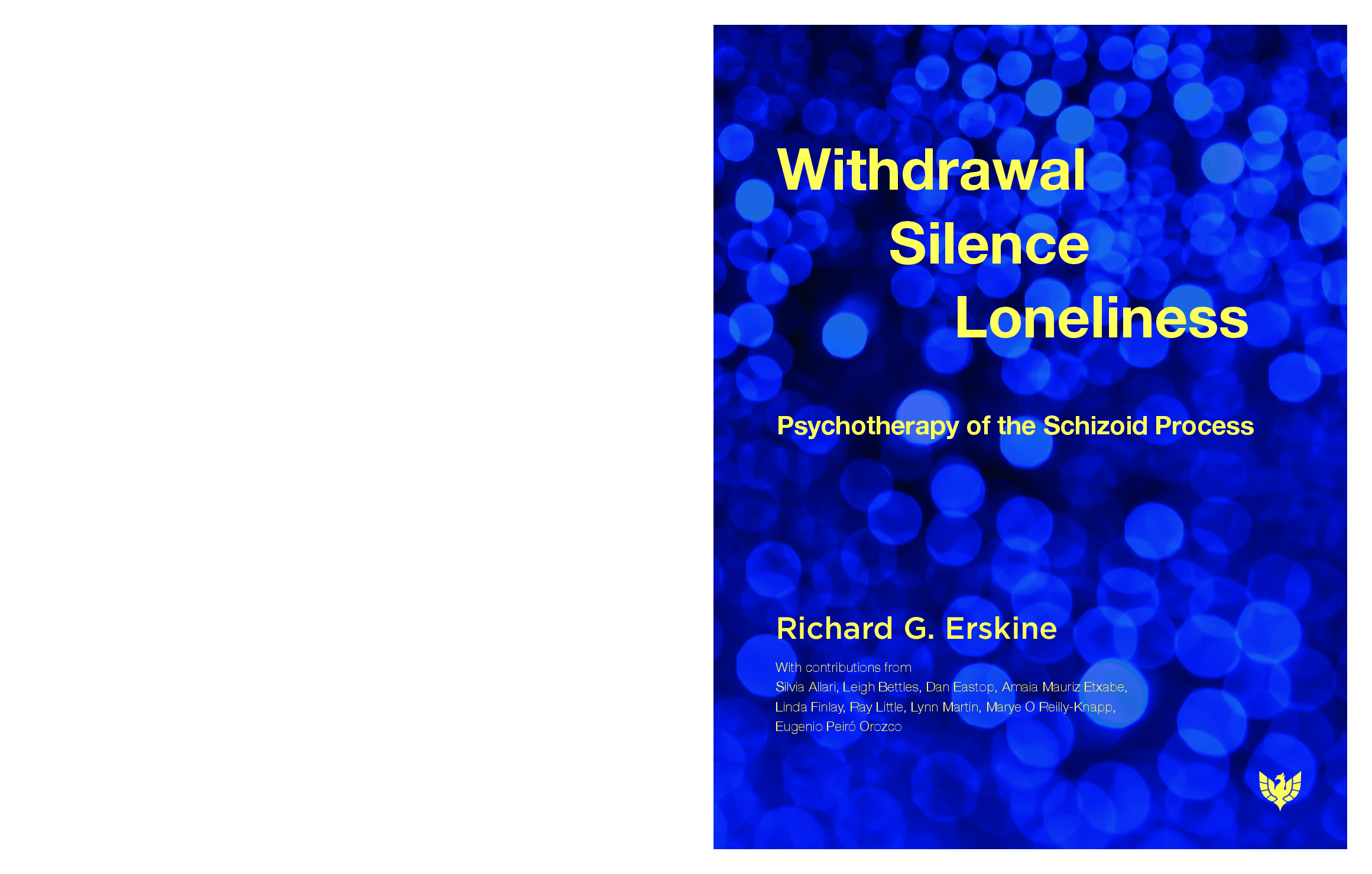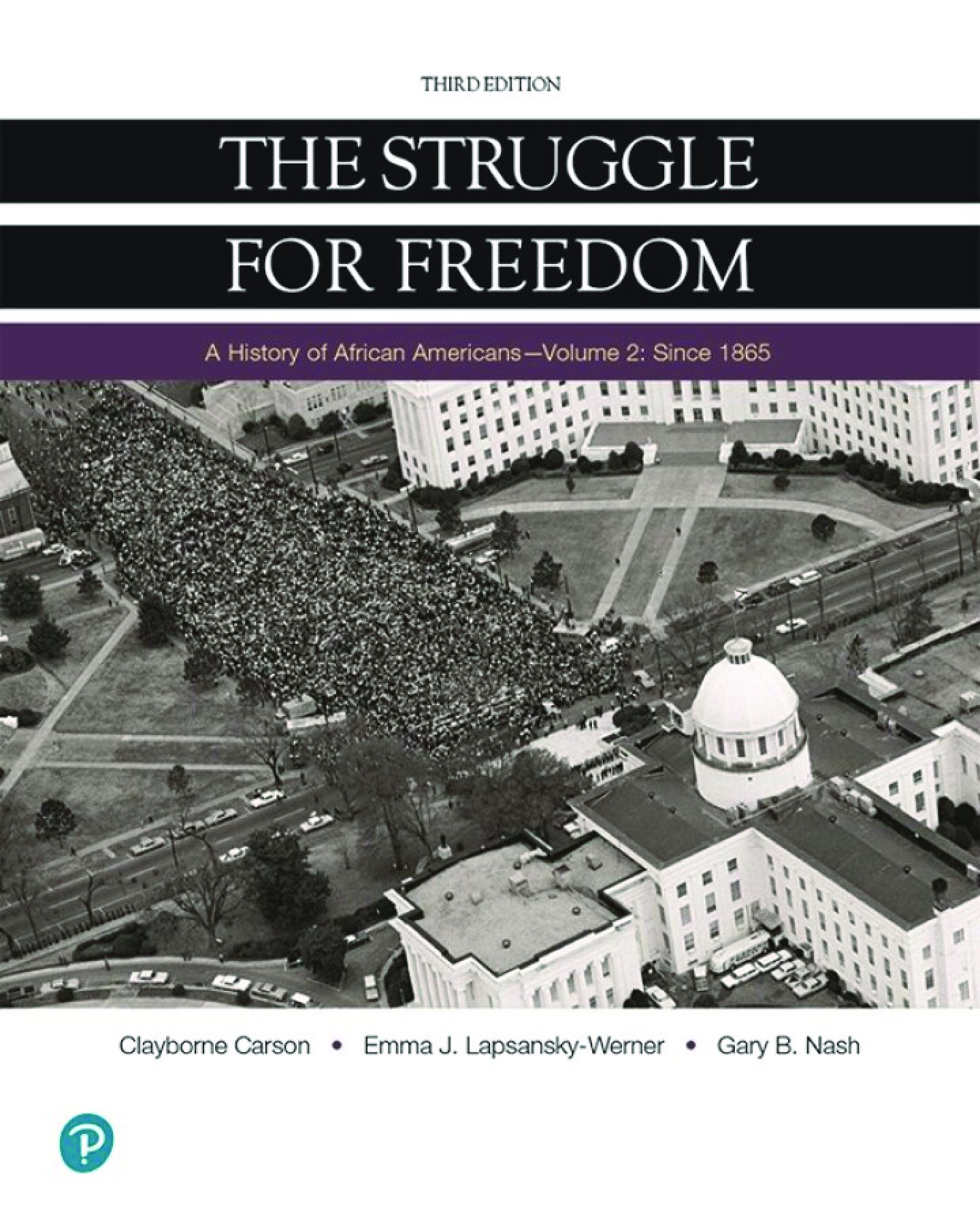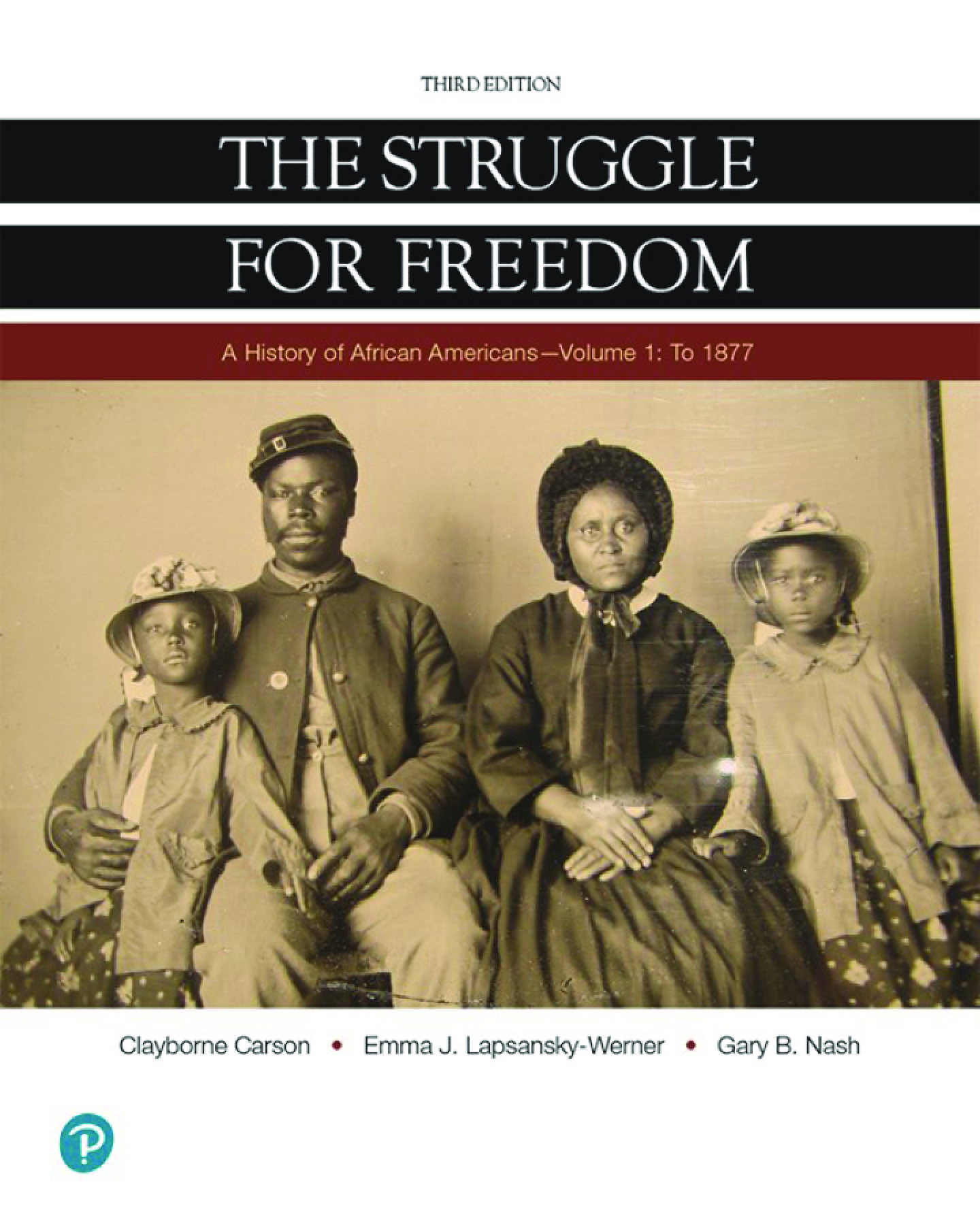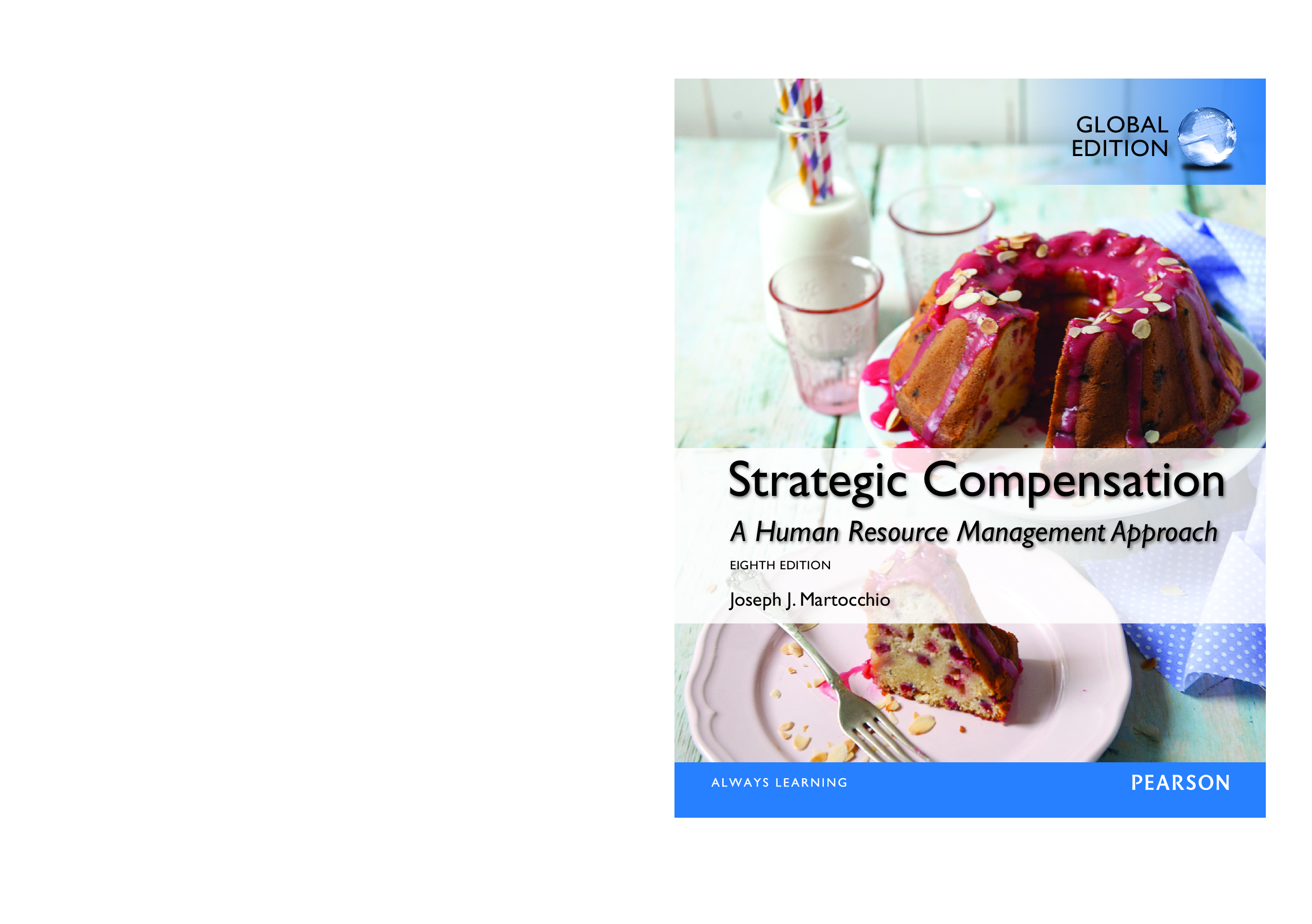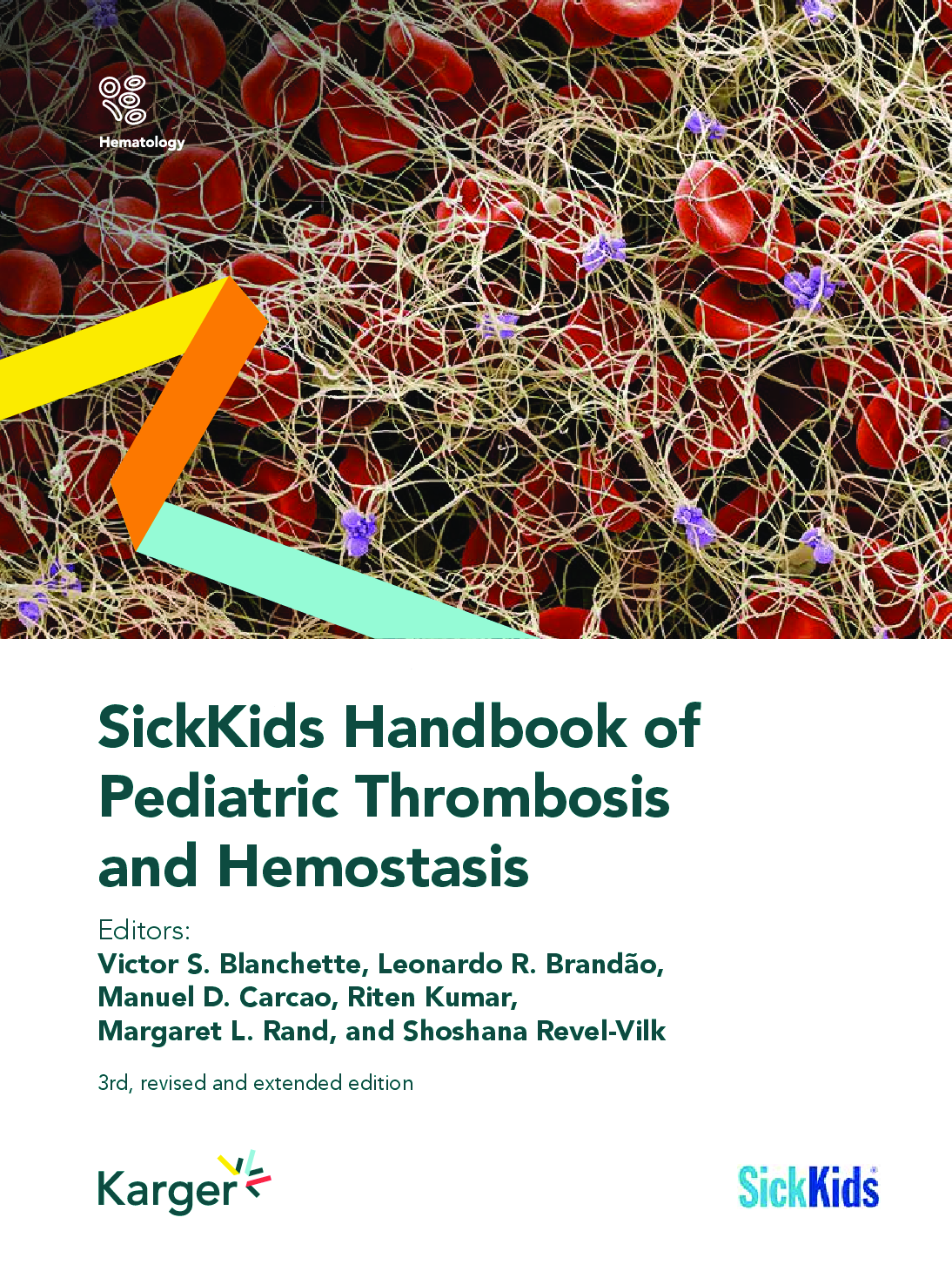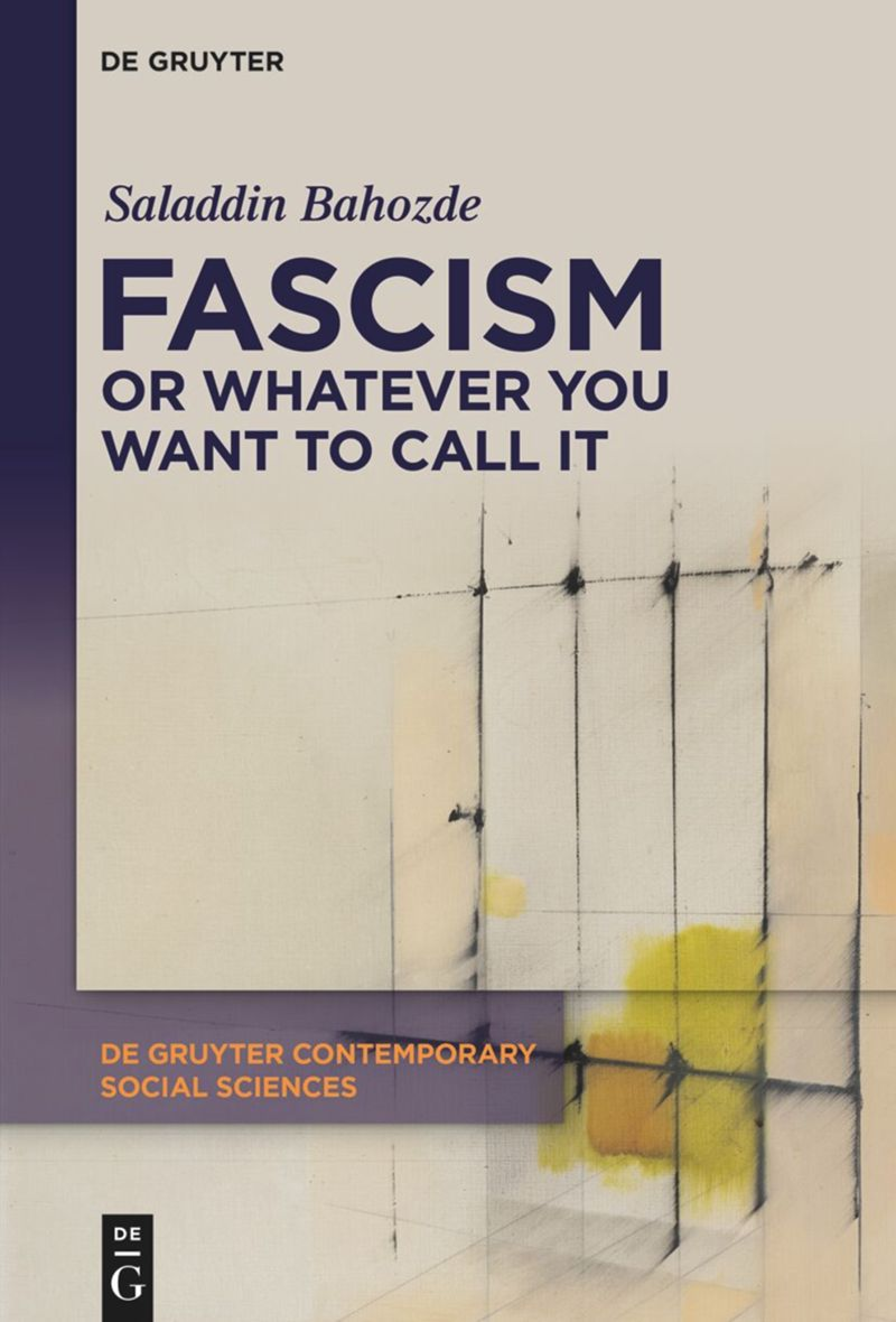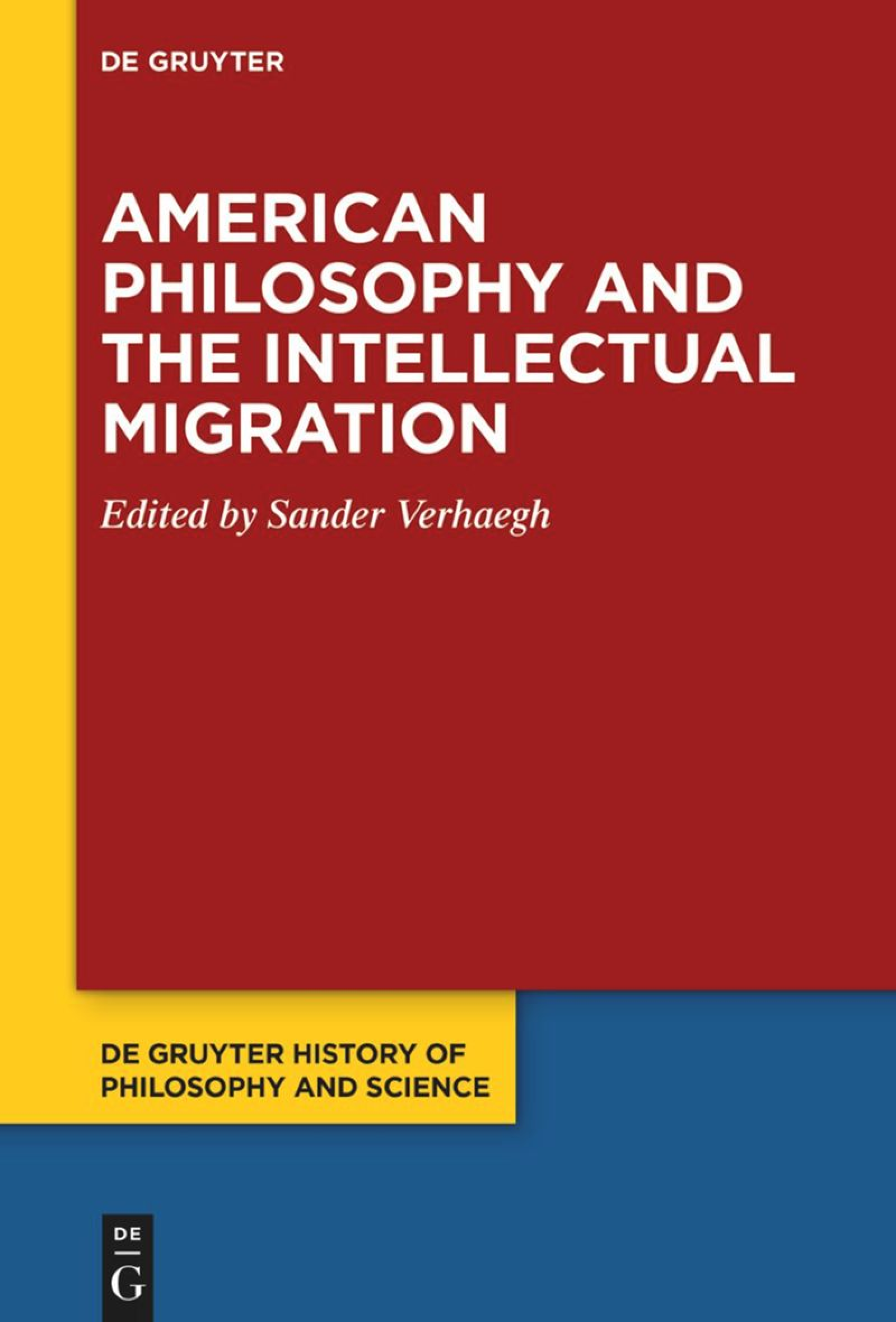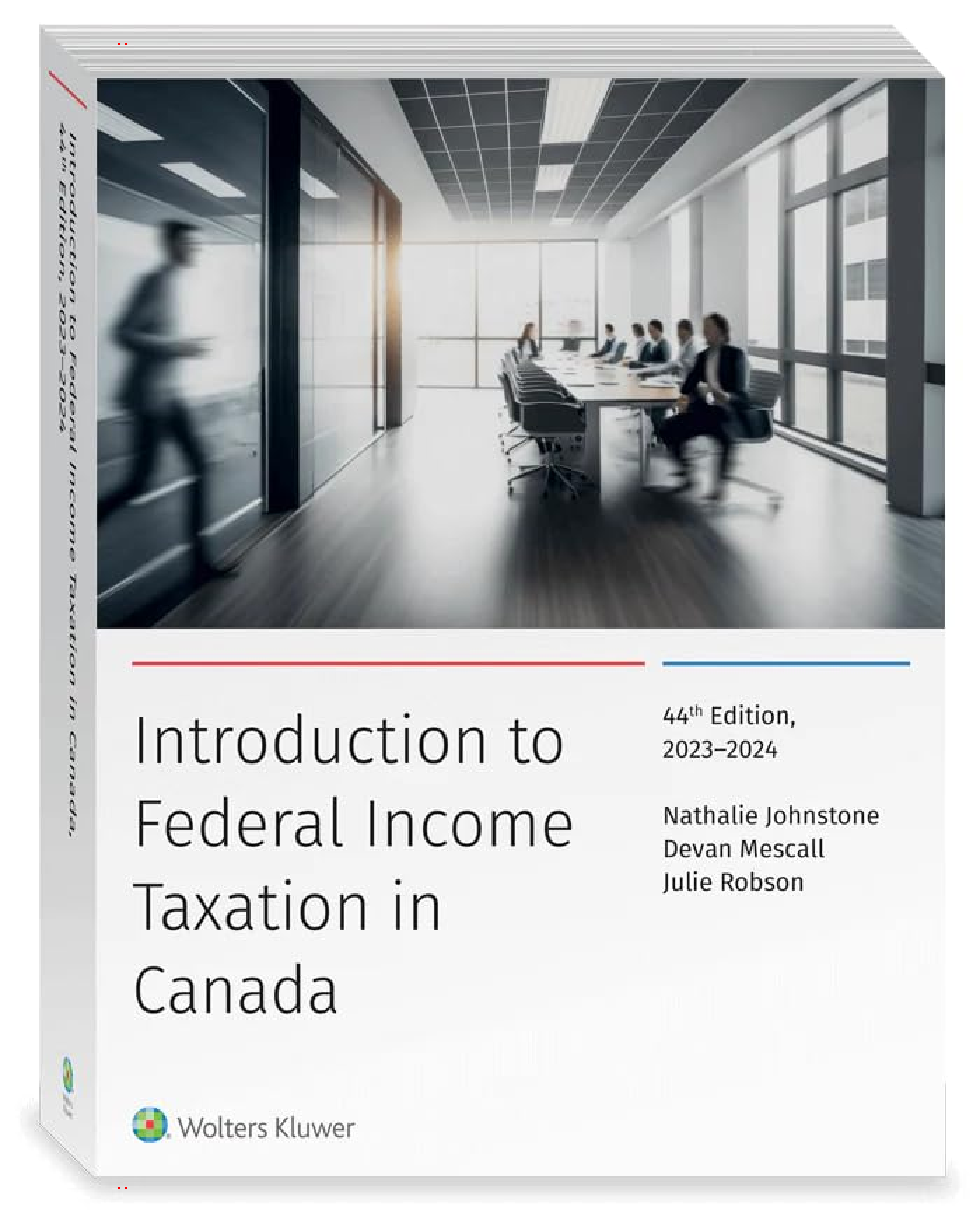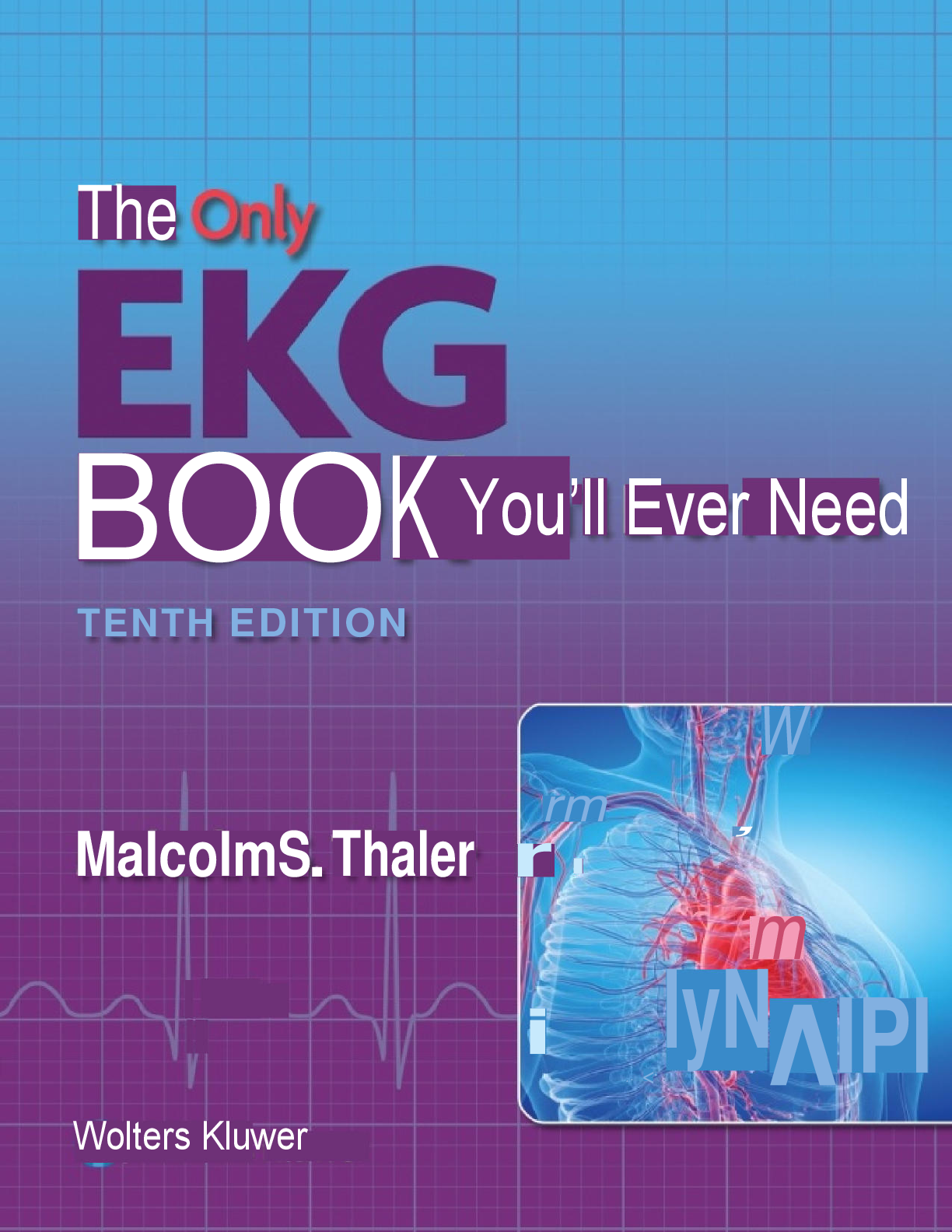Listen to This 4th Edition by Mark Evan Bonds PhD [PDF] [eBook]
Document Content and Description Below
[PDF] [eBook] for Listen to This, 4th Edition, By Mark Evan Bonds Listen to This Listen to This Contents Listen to This : Listening Guides and Recordings Dear Reader, Developing Listen to This ... , Fourth Edition The Elements of Music: A Brief Introduction Melody Dynamics Rhythm Harmony Texture Timbre Voices: The Human Sound Instruments of the Orchestra The String Family. The Woodwind Family. The Brass Family. The Percussion Family. Form Word–Music Relationships A Framework for Listening: Genre Hearing the Elements Together: Britten’s The Young Person’s Guide to the Orchestra Part 1 The Middle Ages 476 ce – Early Fifteenth Century 1 Hildegard von Bingen Play of Virtues (excerpt)Composed: ca. 1150 Learning Objectives The Clarity of Monophonic Texture Medieval Melody Projecting Words through Music Free Rhythm 2 San Ildefonso Indians of New Mexico Eagle DanceTraditional; recorded: ca. 1951 Learning Objectives Texture: Monophony Free versus Metered Rhythm Melodic Contour Form: ABA 3 Plainchant Alleluia “Caro mea”Composed: ca. 1275 Learning Objectives Timbre: Soloist and Chorus Texture: Monophony Melody Word–Music Relationships: Singing Syllables 4 Francesco Landini “Behold, Spring”Composed: ca. 1350–1397 Learning Objectives The Richness of Polyphonic Texture Rhythm: The Pulse of Meter Units of Melody Form: Turning Poetry into Music Word–Music Relationships: Syllabic versus Melismatic 5 Guillaume de Machaut “No More than One Man Could Count the Stars”Composed: ca. 1350 Learning Objectives Three-Voice Texture A Melody Punctuated by Cadences AAB Form 6 Alfonso el Sabio Songs to the Virgin Mary, no. 147, “The Talking Sheep” Composed: Late Thirteenth Century Learning Objectives Timbre: The Sound of Double Reeds Form: Repetition and Contrast Three Kinds of Texture Part 1 Summary Making Connections: Music of the Middle Ages Part 2 The Renaissance ca. 1425–1600 7 Josquin des Prez “The Cricket” Composed: ca. 1500 Learning Objectives Texture: Polyphony in Four Voices Word Painting: Music Imitates the Text Ternary Form: ABA 8 Thomas Weelkes “Since Robin Hood Composed: 1608 Learning Objectives Texture: Polyphony in Three Voices Poetic Rhythm in Music Word Painting in the Renaissance Madrigal 9 William Byrd “Sing Joyfully”Composed: 1590 Learning Objectives Texture: Polyphony in Six Voices Sectional Form Word–Music Relationships: The Music Paints the Words 10 Giovanni Pierluigi da Palestrina Pope Marcellus Mass, “Gloria”Composed: 1555 Learning Objectives A capella Timbre Varied Polyphonic Textures Flowing Rhythm Consonant and Dissonant Harmonies 11 Rhyming Singers of the Bahamas My Lord Help Me to PrayRecorded: 1965 Learning Objectives Texture: Monophony versus Polyphony Intoning the Melody Word–Music Relationships 12 Tielman Susato Moorish Dance Composed: ca. 1550 Learning Objectives A Rich and Varied Timbre Dancing to Rhythmic Units Binary Form Part 2 Summary Making Connections: Music of the Middle Ages and the Renaissance Part 3 1600–1750 The Baroque Era 13 Claudio Monteverdi Orpheus, selection from Act II Composed: 1607 Learning Objectives Homophonic Texture: One Character, One Voice Word–Music Relationships: Between Speech and Song 14 Henry Purcell Dido and Aeneas, selectionsComposed: 1689 Learning Objectives Form by the Numbers Word–Music Relationships: Speaking, Expressing, Commenting 15 Mbuti Pygmies “Marriage Celebration Song”Recorded: 1958 Learning Objectives Form: A Call-and-Response Ostinato Texture: Layers upon Layers Interlocking Rhythms 16 Barbara Strozzi “Revenge”Composed: 1651 Learning Objectives Decoration of the Melody Form: Contrast and Repetition Timbre: Contrast and Punctuation 17 Antonio Vivaldi The Four Seasons, “Winter,” first movementComposed: 1720 Learning Objectives Contrasting Timbres Form: The Ritornello Principle Word–Music Relationships: Program Music 18 Johann Sebastian Bach Fugue in G Minor, BWV 578 (“Little” Fugue)Composed: 1705 Learning Objectives Timbres of the Organ, Timbres of the Orchestra A Distinctive Melody Fugal Texture 19 Johann Sebastian Bach Brandenburg Concerto no. 2 in F Major, BWV 1047, finaleComposed: 1720 Learning Objectives Extreme Timbres Form: The Ritornello Principle Returns Fugal Texture 20 Johann Sebastian Bach Cantata 140: Awake, a Voice Calls to Us, selectionsComposed: 1731 Learning Objectives (1) The Chorale: Movement Seven Unified Timbre A Familiar Melody Bar Form Homophonic Texture: To Hear the Words (2) The Chorus: Movement One Melody Interrupted Form: The Ritornello Principle 21 George Frideric Handel Messiah, selectionsComposed: 1747 Learning Objectives (1) Recitative (“He That Dwelleth in Heaven”) and Aria (“Thou Shalt Break Them”) Form: Paired Movements Word–Music Relationships: Virtuosic Word Painting A Single Melody Homophonic Texture A Stark Timbre (2) Chorus (“Hallelujah”) Sectional Form The Same Melody for the Same Words Varied Textures Varied Timbres Part 3 Summary Making Connections: Music of the Renaissance and Baroque Part 4 1750–1800 The Classical Era 22 Joseph Haydn String Quartet in C Major, op. 76, no. 3, second movement Composed: 1797 Learning Objectives The Timbre of the String Quartet Changing Textures Melody: Periodic Phrase Structure Theme and Variations Form 23 Master Musicians of the Ikuta-ryu Cherry BlossomRecorded: ca. 1965 Learning Objectives The Timbre of the Koto Melody: The Wilt of Sorrow Theme and Variations Form Textural Variety on the Koto 24 Joseph Haydn Symphony no. 102 in B Major, third and fourth movements Composed: 1795 Learning Objectives The Timbre of the Full Orchestra The Dynamics of Surprise (1) Third Movement: Minuet Minuet Form (2) Fourth Movement: Finale Rondo Form 25 Wolfgang Amadeus Mozart Symphony no. 40 in G Minor, K. 550, first movement Composed: 1788 Learning Objectives Sonata Form Harmony: Minor to Major Contrasting Principal Melodies 26 Wolfgang Amadeus Mozart Piano Concerto in A Major, K. 488, first movement Composed: 1786 Learning Objectives Timbre: The Drama of Contrast Melodic Generosity Theme 1 Theme 2 Theme 3 Theme 4 Form: Double-Exposition Concerto Form 27 Wolfgang Amadeus Mozart The Marriage of Figaro, Act I, “Cosa sento” Composed: 1786 Learning Objectives Word–Music Relationships: The Character of Each Voice Contrasting Melodies Dramatic Form, Musical Form 28 Jingju “The Reunion” Recorded: ca. 1995 Learning Objectives A Mandarin Word-Melody Timbre and Texture Rhythm and Punctuation 29 William Billings “Chester”Composed: 1770 Learning Objectives A Structured Melody Changing Textures Changing Harmonies Part 4 Summary Making Connections: Music of the Baroque and Classical Eras Part 5 The Nineteenth Century 30 Ludwig van Beethoven Symphony no. 5 in C Minor, op. 67Composed: 1808 Learning Objectives Rhythm: The Power of Four Notes Dynamics: Loud versus Soft Timbre: The Orchestra Grows Four Movements, Cyclic Form 31 Franz Schubert “Erlkönig,” D. 328Composed: 1815 Learning Objectives Modified Strophic Form Word–Music Relationships: Creating Characters 32 Felix Mendelssohn Overture to A Midsummer Night’s DreamComposed: 1826 Learning Objectives Word–Music Relationships: Creating Characters through Sound The Drama of Sonata Form 33 Hector Berlioz Symphonie fantastique, fourth movement (“March to the Scaffold”) Composed: 1830 Learning Objectives The Modern Orchestra Word–Music Relationships: The Program Musical Form, Programmatic Form 34 Fanny Mendelssohn Hensel Piano Trio in D Minor, op. 11, third movement (“Song”) Composed: 1846 Learning Objectives The Timbre of the Piano Trio A Song Without Words Melodic Metamorphosis 35 Robert Schumann “Dedication”Composed: 1840 Learning Objectives Ternary Form Unconventional Harmony Melody and Rhythm: Creating Contrast Together 36 Clara Wieck Schumann “Forward!”Composed: 1848 Learning Objectives A Cappella Timbre Contrasting Melodies Painting Revolutionary Words 37 Frédéric Chopin Mazurka in B Major, op. 7, no. 1 Composed: 1830s Learning Objectives Texture: The Singing Piano Melody: Scales Going Up, Scales Going Down Form: Repetition, Variation, Contrast Rhythm: The Pride of Poland 38 Louis Moreau Gottschalk Union: Concert Paraphrase on National Airs Composed: 1862 Learning Objectives Patriotic Melodies Made Virtuosic Same Melodies, Different Textures 39 Ravi Shankar Raga Sindhi-BhairaviRecorded: 1968 Learning Objectives Timbre: The Sound of the Sitar Melody of the Sunrise A Triple Texture Form by Four Sections Rhythm: From Free to Established 40 Giuseppe Verdi La Traviata, Act I, selection (“Follie!”)Composed: 1853 Learning Objectives Melody: Declamatory, Lyrical, Virtuosic Word–Music Relationships: Signs of Contemplation, Ecstasy, Love 41 Richard Wagner The Valkyrie, Act III, selection (“Wotan’s Farewell”)Composed: 1856 Learning Objectives Texture: The Relationship of Voice and Orchestra Word–Music Relationships: The Themes and the Drama 42 Peter Ilyich Tchaikovsky Swan Lake, Act IV, finale Composed: 1876 Learning Objectives The “Swan Theme” Orchestrating Events Telling a Story through Music and Movement 43 Johannes Brahms Symphony no. 4 in E Minor, op. 98, finaleComposed: 1885 Learning Objectives Form: Theme and Variations Plus Timbre: The Drama of Orchestration 44 Antonín Dvořák String Quartet in F Major, op. 96 (“American”), third movement Composed: 1893 Learning Objectives Timbre: Call-and-Response between Strings Folk-Like Melodies Scherzo Form: Repetition, Variation, Contrast Part 5 Summary Making Connections: Music of the Classical Era and the Nineteenth Century Part 6 Since 1900 45 Claude Debussy Voiles Composed: 1910 Learning Objectives Timbre: A Nonpercussive Sound Melody: Fragments Dynamics: Whispering, Hinting Rhythm: Where’s the Downbeat? Harmony: A Centerless Center Form: Nondirectional 46 Charles Ives The Unanswered Question Composed: 1908 Learning Objectives Contrasting Timbres Layered Texture Atonal versus Tonal Harmony 47 Arnold Schoenberg “Columbine” from Pierrot lunaire Composed: 1912 Learning Objectives Timbre: The Sprechstimme Harmony: Atonality Word–Music Relationships: Expressing Anguish 48 Igor Stravinsky The Rite of Spring, Part One Composed: 1913 Learning Objectives Polytonal Harmonies Pentatonic Melodies Irregular and Regular Rhythms Timbre and the Mega-Orchestra Unsung Words: The Scenario 49 Scott Joplin Maple Leaf RagComposed: 1899 Learning Objectives Rhythmic Syncopation Hidden Melodies and Stride Bass Sectional Form 50 Robert Johnson “Terraplane Blues”Composed: 1936 Learning Objectives A Blue-Note Melody Historic Blues Timbre 12-Bar Blues Form Word–Music Relationships: Metaphors and the Vernacular 51 Duke Ellington “Cotton Tail”Composed: 1940 Learning Objectives Harmony: Rhythm Changes Contrasting Textures Swing Rhythms 32-Bar Standard Song Form 52 Charlie Parker “Ornithology”Composed: 1946 Learning Objectives Jazz Combo Timbre From Improvisation to Melody Texture: Rhythm Section Plus Soloist Sectional Form 53 Ruth Crawford Piano Study in Mixed AccentsComposed: 1930 Learning Objectives Mixed Rhythms Monophonic Texture An Absence of Harmony Registers of Melody Sectional Form 54 Germaine Tailleferre Concertino for Harp and Orchestra, finaleComposed: 1927 Learning Objectives Melody: A Return to Tradition Tonal Harmony with Modern Inflections Transparent Timbre Clarity of Form 55 William Grant Still “A Black Pierrot” from Songs of Separation Composed: 1949 Learning Objectives Chromatic Harmony Melody: A Touch of Blue Through-Composed Form 56 Aaron Copland “Hoe-Down” from Rodeo Composed: 1942 Learning Objectives Folk Melodies Timbre: Smaller Ensembles within the Orchestra Dance Rhythms Rondo Form 57 Béla Bartók Concerto for Orchestra, second movement (“Game of Pairs”)Composed: 1943 Learning Objectives Wind Timbres Folk-Inflected Melodies Asymmetrical–Symmetrical Form 58 Leonard Bernstein “Tonight” from West Side StoryComposed: 1957 Learning Objectives Representative Melodies Additive Form Increasingly Complex Textures Word–Music Relationships: “Tonight,” Two Ways 59 John Cage Sonata II from Sonatas and InterludesComposed: 1946–1948 Learning Objectives Timbre: The Prepared Piano The Rhythm of Melody Binary Form 60 Gamelan Gong Kebyar of Belaluan, Bali Kebyar Ding III, “Oncang-oncangan”Recorded: 1928 Learning Objectives Shimmering Timbre Textured Melody Dynamics and Tempo Form 61 Philip Glass “Knee Play 1” from Einstein on the BeachComposed: 1976 Learning Objectives Layered Timbres Simple Harmony Variation Form 62 Mahalia Jackson “It Don’t Cost Very Much”Recorded: 1958 Learning Objectives Simple Verse-Chorus Form Black Gospel’s Timbre Slow Shuffle Groove with Free Rhythmic Phrasing Gospel Harmonies 63 Tania León A la Par, second movement (“Guaguancó”)Composed: 1986 Learning Objectives Percussion Timbres Pitched Instruments Nonpitched Instruments Male and Female Rhythmic Lines Parallel (Non-) Harmonies Sectional Form 64 Corey Dargel “On This Date Every Year”Composed: 2010 Learning Objectives Looped, Overdubbed Texture: One to Eight Voices Form: On Again, Off Again Rhythm: Five Is an Odd Number Word–Music Relationships 65 Austin Wintory “Nascence,” from JourneyComposed: 2012 Learning Objectives Word–Music Relationships: Beginnings Timbre: Between Familiar and Exotic Melody: A Journey in Sound Texture: Layers of Meaning [Show More]
Last updated: 1 year ago
Preview 15 out of 600 pages
![Loading document previews for Listen to This 4th Edition by Mark Evan Bonds PhD [PDF] [eBook]](https://scholarfriends.com/img/ajax-loader.gif)
Loading document previews ...
Buy this document to get the full access instantly
Instant Download Access after purchase
Buy NowInstant download
We Accept:

Reviews( 0 )
$22.00
Can't find what you want? Try our AI powered Search
Document information
Connected school, study & course
About the document
Uploaded On
Dec 19, 2022
Number of pages
600
Written in
All
Additional information
This document has been written for:
Uploaded
Dec 19, 2022
Downloads
0
Views
409


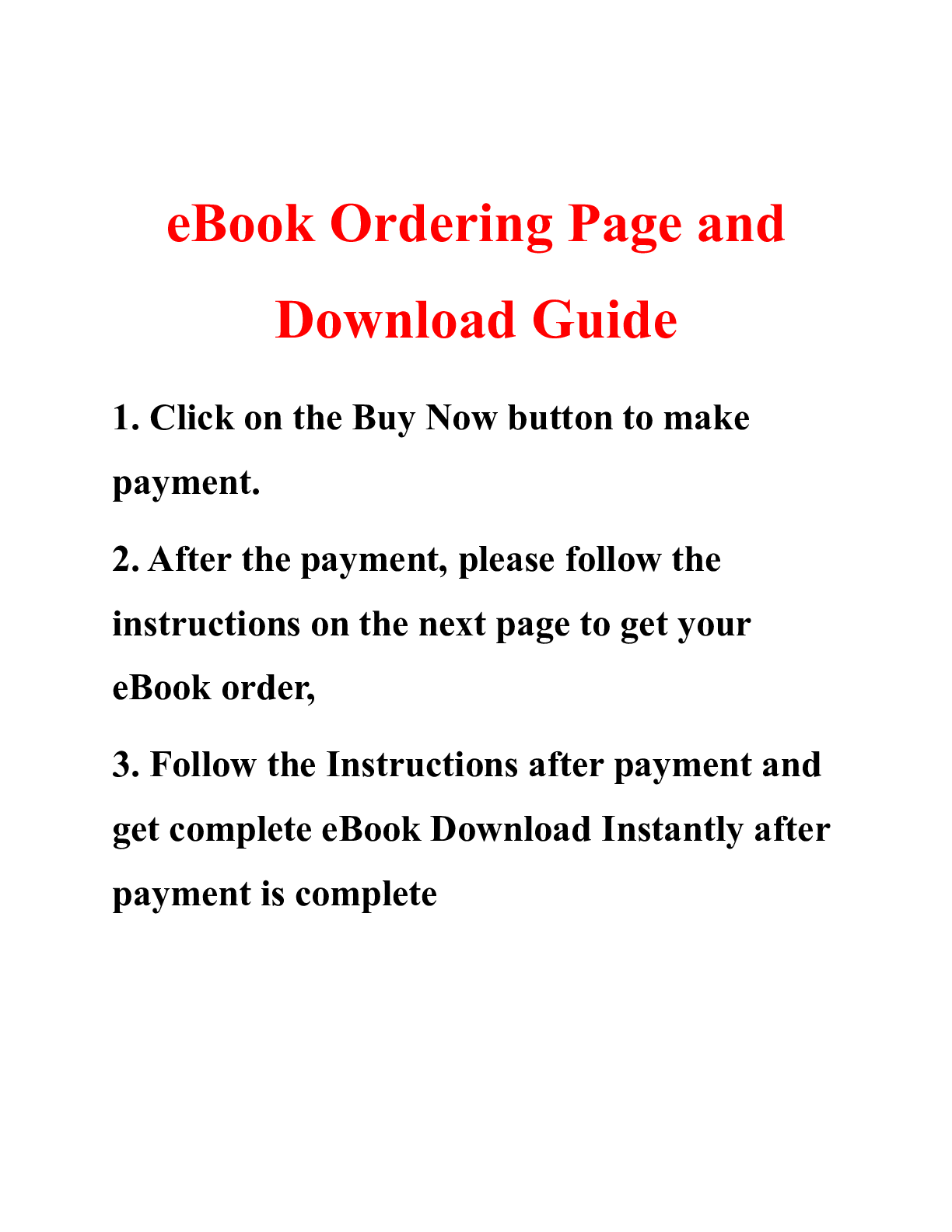



 Gary Donell, Clarence Byrd, Ida Chen.png)
